The story of the Harlem Renaissance
The Harlem Renaissance was an effervescent period of cultural, social, and artistic exploration in the early 20th century, centered in the Harlem neighborhood of New York City.
This vibrant movement, spanning the 1920s and 1930s, heralded a new era for African American culture and creativity. With literature, music, art, and performance at its core, the Harlem Renaissance became a beacon of cultural pride and artistic expression, leaving an indelible mark on American history.
The Roots of the Harlem Renaissance: Historical Context
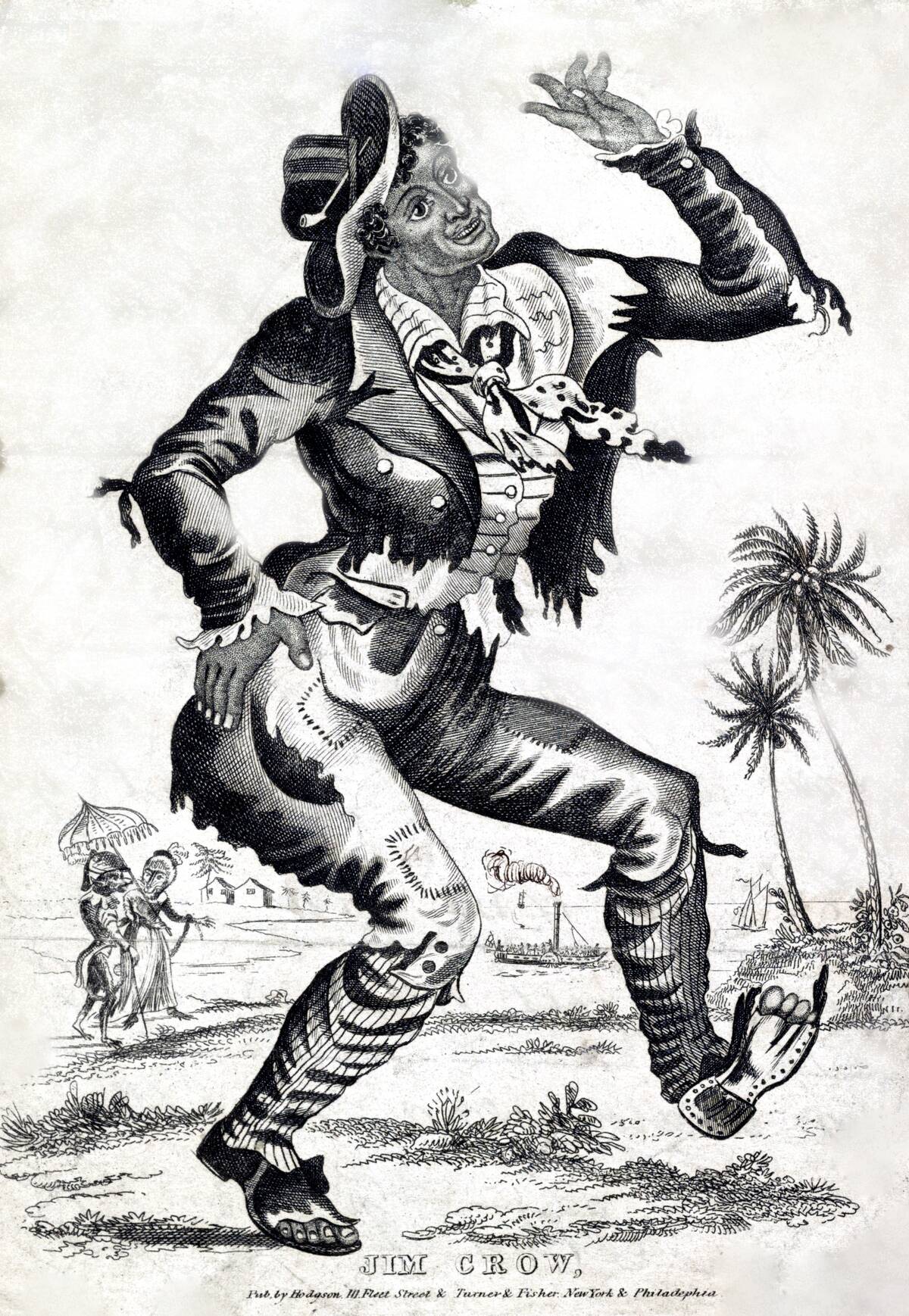
The Harlem Renaissance emerged from a complex tapestry of historical events and social changes. The end of World War I and the Great Migration, where African Americans moved en masse from the rural South to urban centers in the North, set the stage for this cultural awakening.
This migration was driven by the search for better economic opportunities and an escape from the oppressive Jim Crow laws of the South. This influx of creative minds and diverse talents transformed Harlem into a cultural hub.
The Great Migration: Fueling a Cultural Revolution
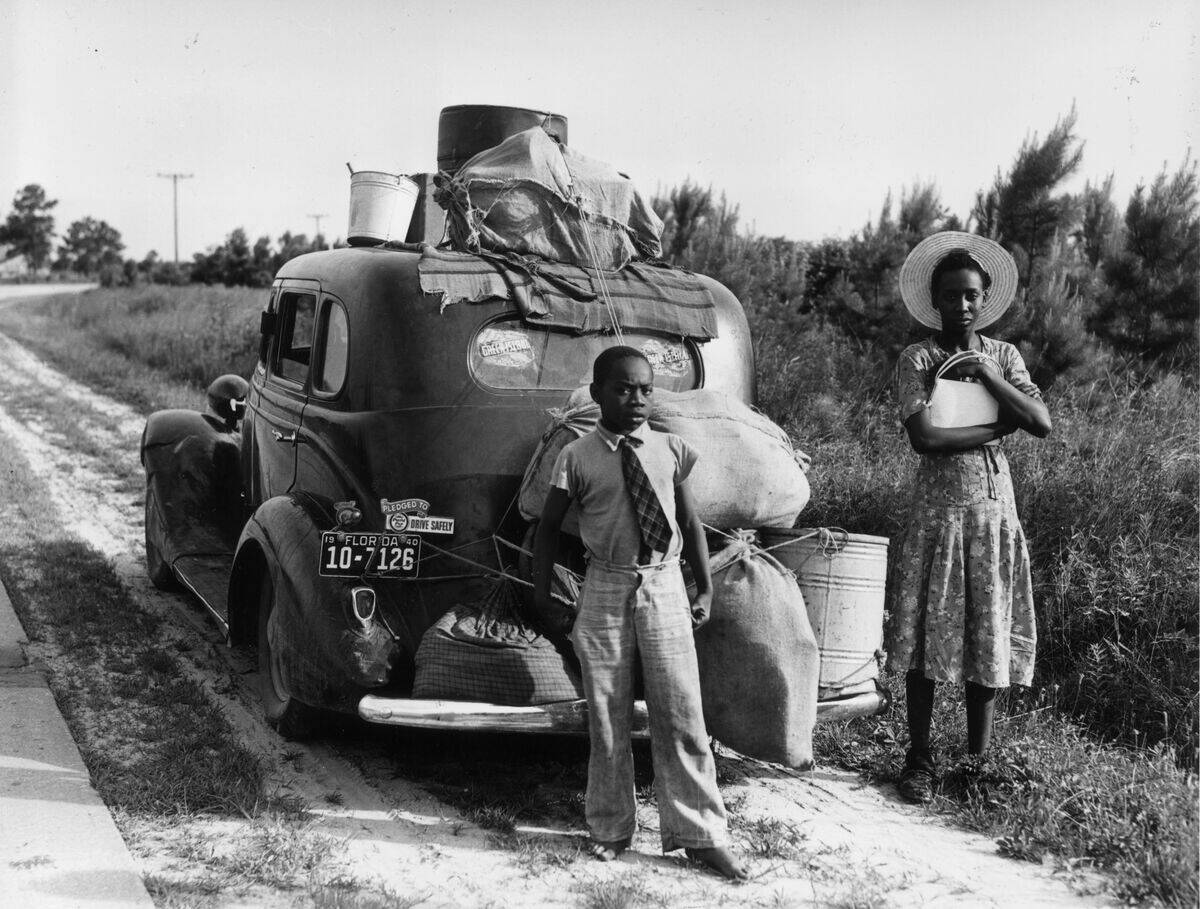
The Great Migration was a pivotal factor in the Harlem Renaissance, as it saw over six million African Americans relocate from the South to Northern cities between 1916 and 1970. This movement not only shifted the demographic landscape but also brought a wealth of cultural traditions and artistic talents to Harlem.
The fresh perspectives and experiences of these new residents fueled a cultural revolution, sparking a flourishing of creativity that included literature, music, and art.
Harlem: The Heartbeat of African American Culture
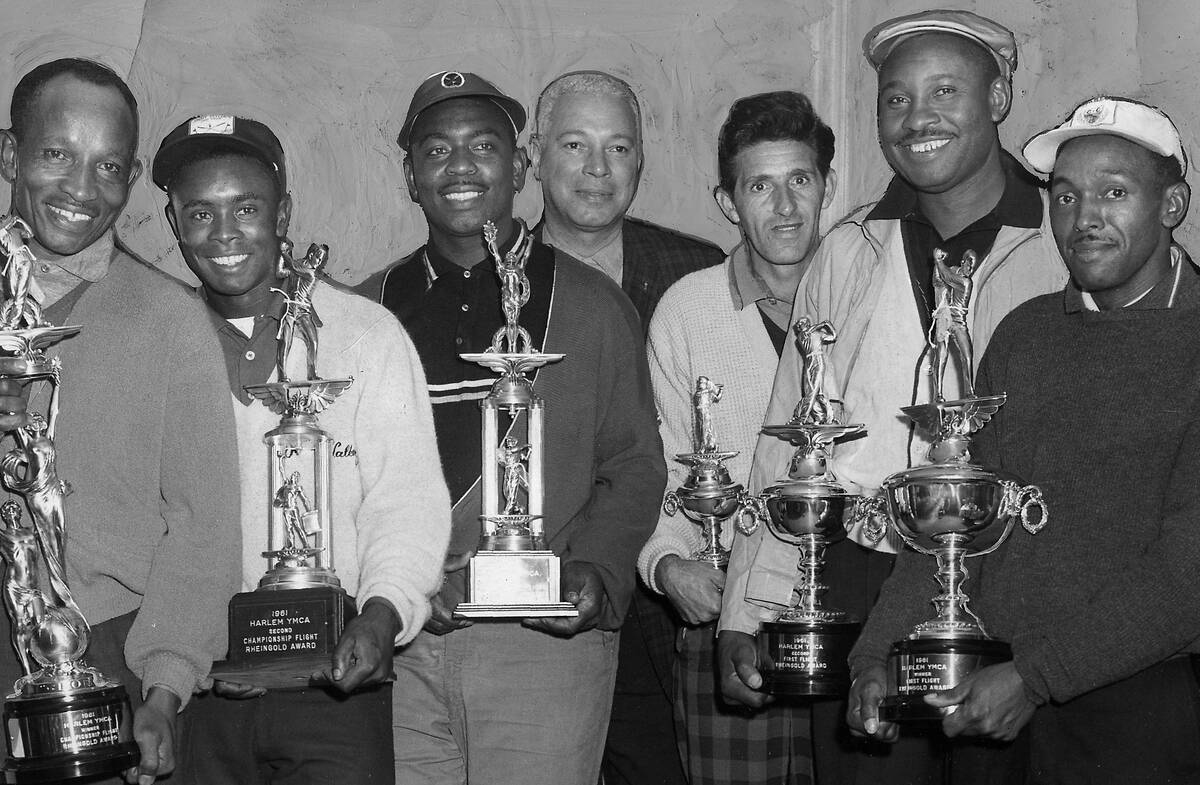
Harlem became the epicenter of African American cultural life during the Renaissance, attracting artists, musicians, writers, and intellectuals. The neighborhood was a melting pot of ideas and innovation, where cafes, clubs, and salons buzzed with creative energy.
Among the important community institutions was the Harlem YMCA, which provided support and resources for many emerging talents. Harlem’s vibrant streets and lively social scene created a nurturing environment for the arts to thrive.
Literature Flourishes: The Rise of African American Authors
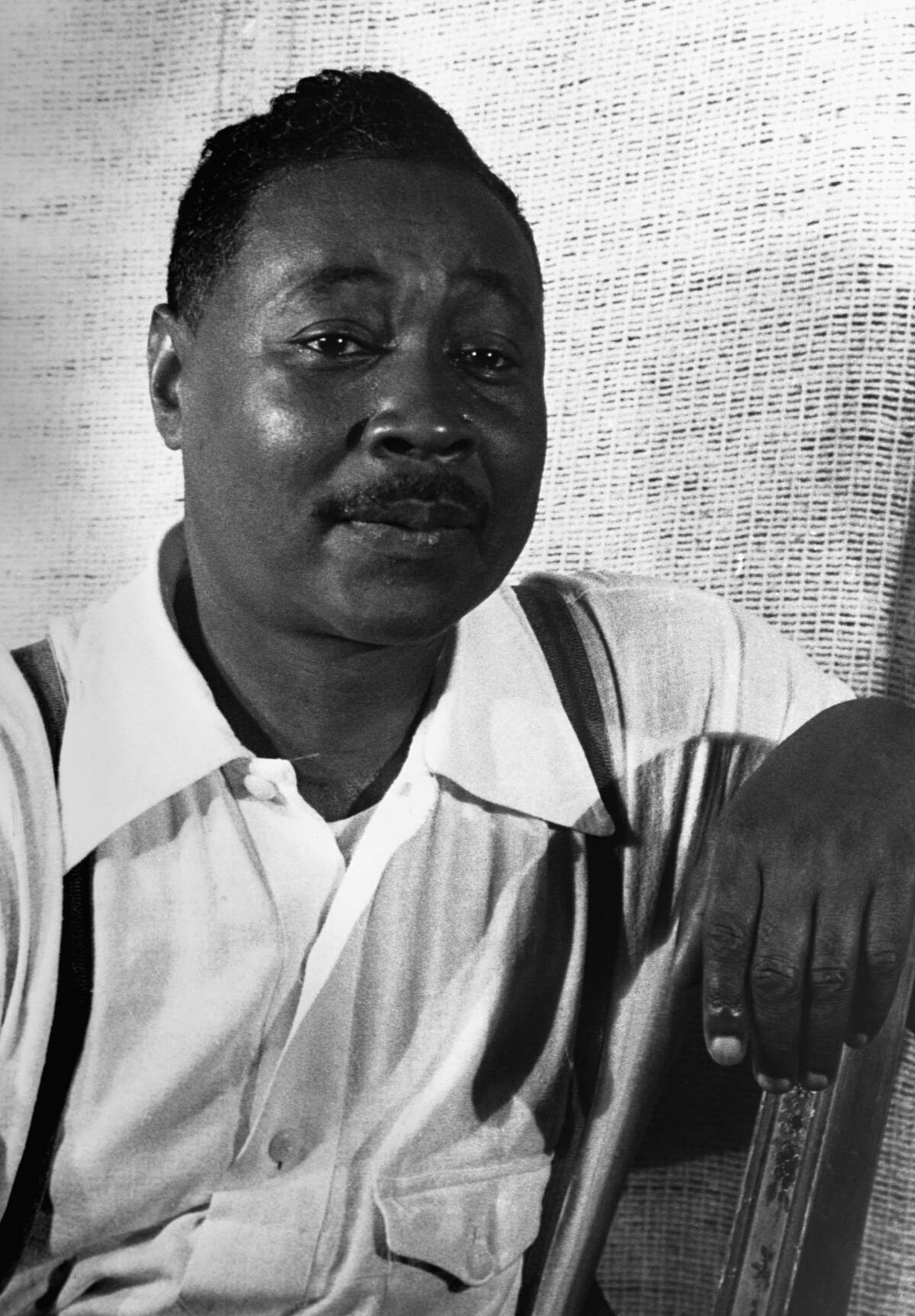
The Harlem Renaissance saw an explosion of literary talent, with African American authors gaining recognition and acclaim. Writers like Claude McKay, Jean Toomer, and James Weldon Johnson explored themes of racial identity, heritage, and social justice through their works.
Publications such as “The Crisis” and “Opportunity” provided platforms for these voices, promoting a new literary canon that celebrated the richness of African American life and challenged societal norms.
Langston Hughes: The Voice of a Generation
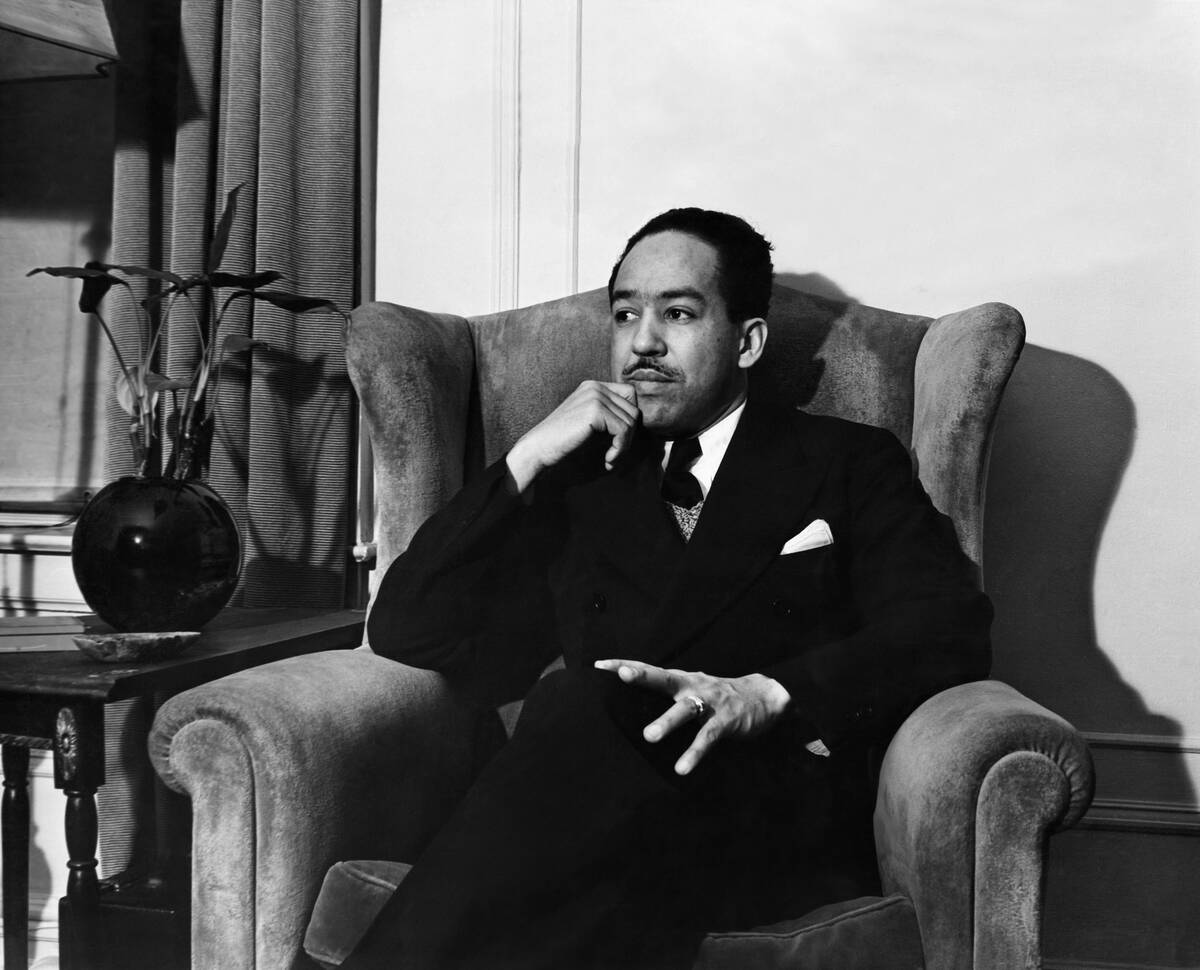
Langston Hughes emerged as one of the most influential figures of the Harlem Renaissance, capturing the spirit and struggles of his generation. His poetry, known for its rhythmic and lyrical qualities, often reflected the everyday experiences of African Americans.
Works like “The Weary Blues” and “Harlem” resonated with readers and became classics. Hughes’s ability to blend the cadences of jazz and blues with poignant social commentary made him a beloved and enduring voice in American literature.
Zora Neale Hurston: Storytelling from the South
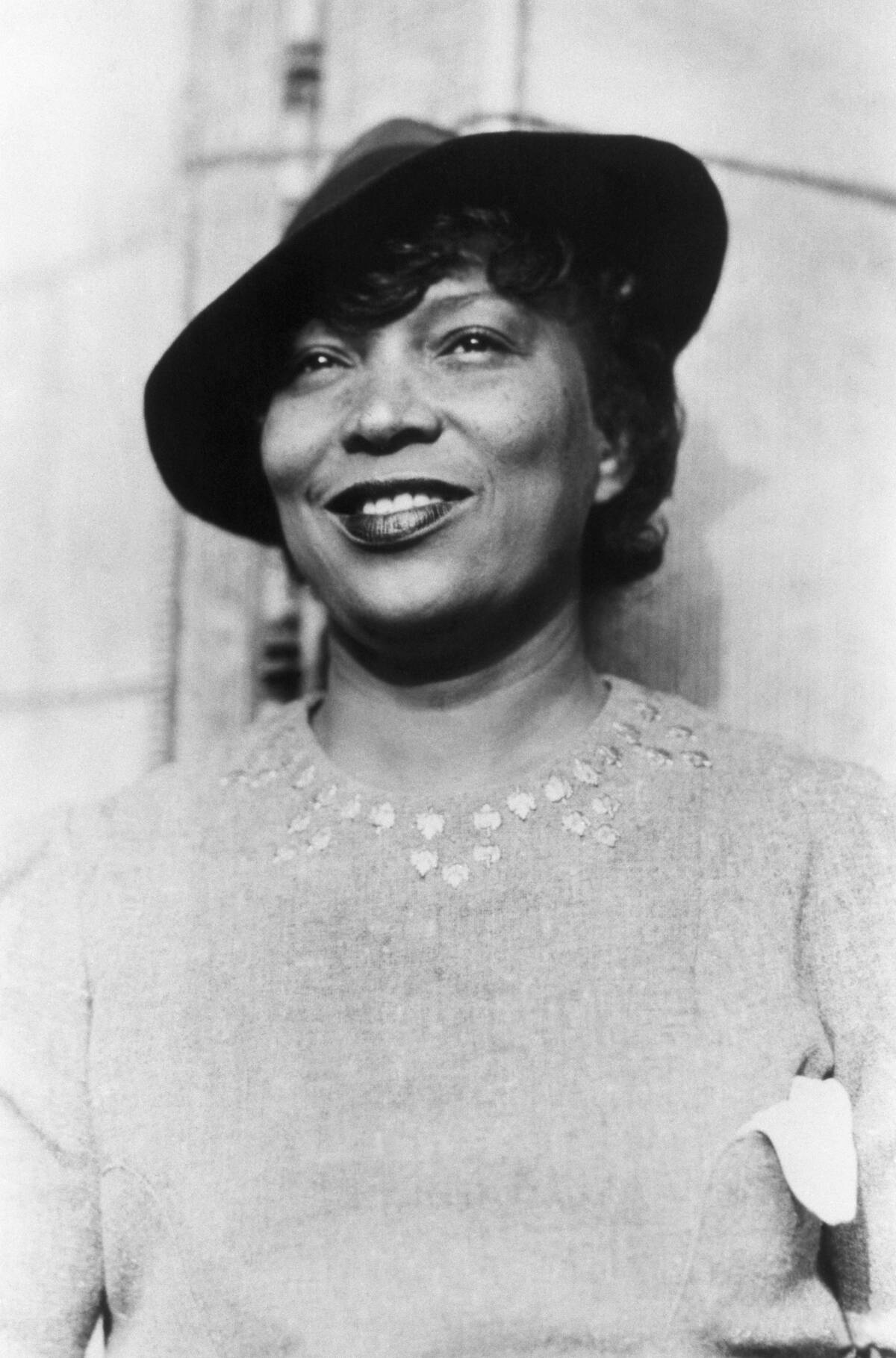
Zora Neale Hurston brought Southern folklore and African American dialect to life through her vivid storytelling. Her novel “Their Eyes Were Watching God” is celebrated for its rich portrayal of African American culture and its strong, independent female protagonist.
As an anthropologist and writer, Hurston documented the lives and traditions of African Americans in the South, preserving an important cultural heritage. Her work challenged conventional narratives and offered a unique perspective on the African American experience.
Jazz and Blues: The Soundtrack of the Harlem Renaissance
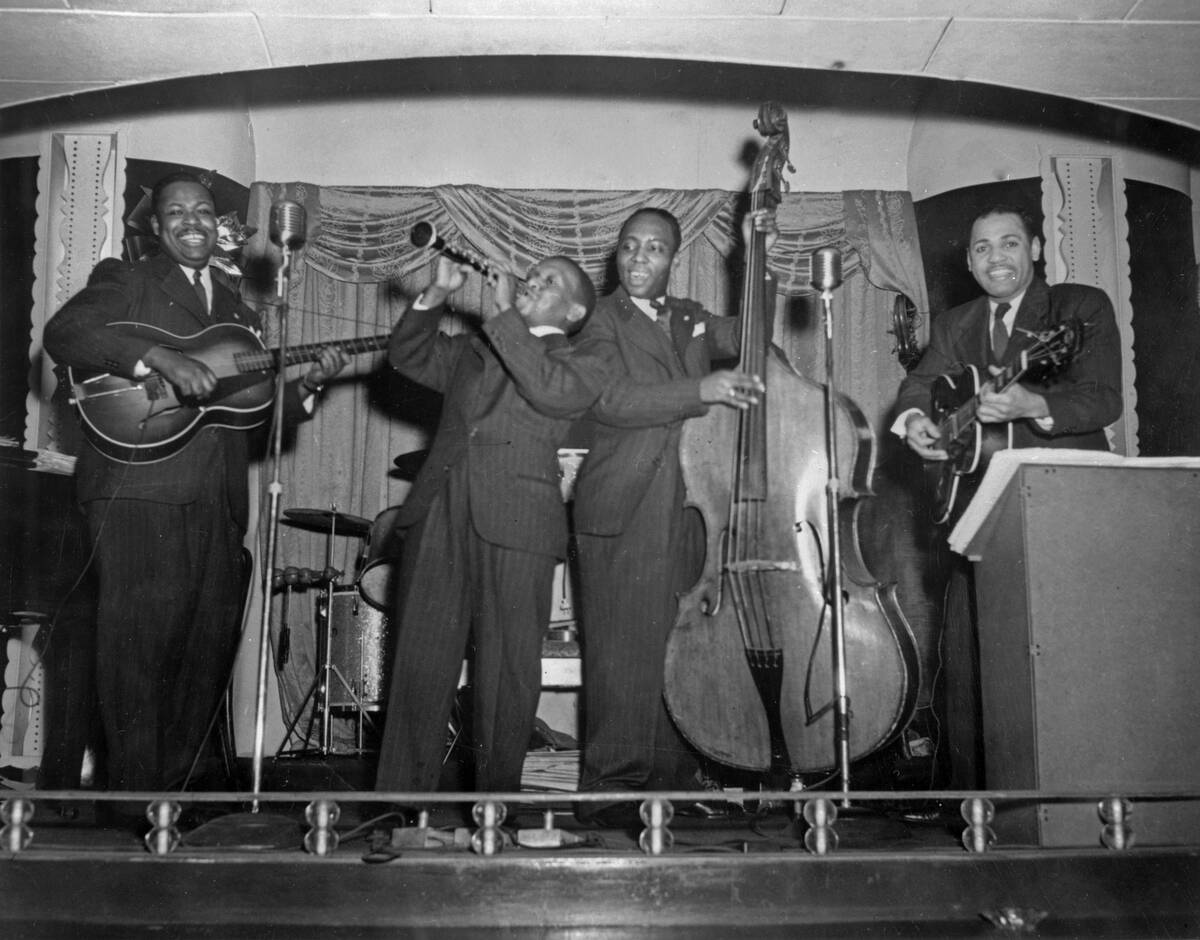
Jazz and blues were the pulsating soundtrack of the Harlem Renaissance, with music spilling from clubs and speakeasies across the neighborhood. Artists like Duke Ellington, Fletcher Henderson and Bessie Smith brought these genres to the forefront, captivating audiences with their emotive performances.
Jazz, with its improvisational flair, and the soul-stirring blues formed the backbone of Harlem’s vibrant music scene, influencing countless musicians and leaving a lasting legacy on the world of music.
Duke Ellington and the Cotton Club: A Musical Legacy
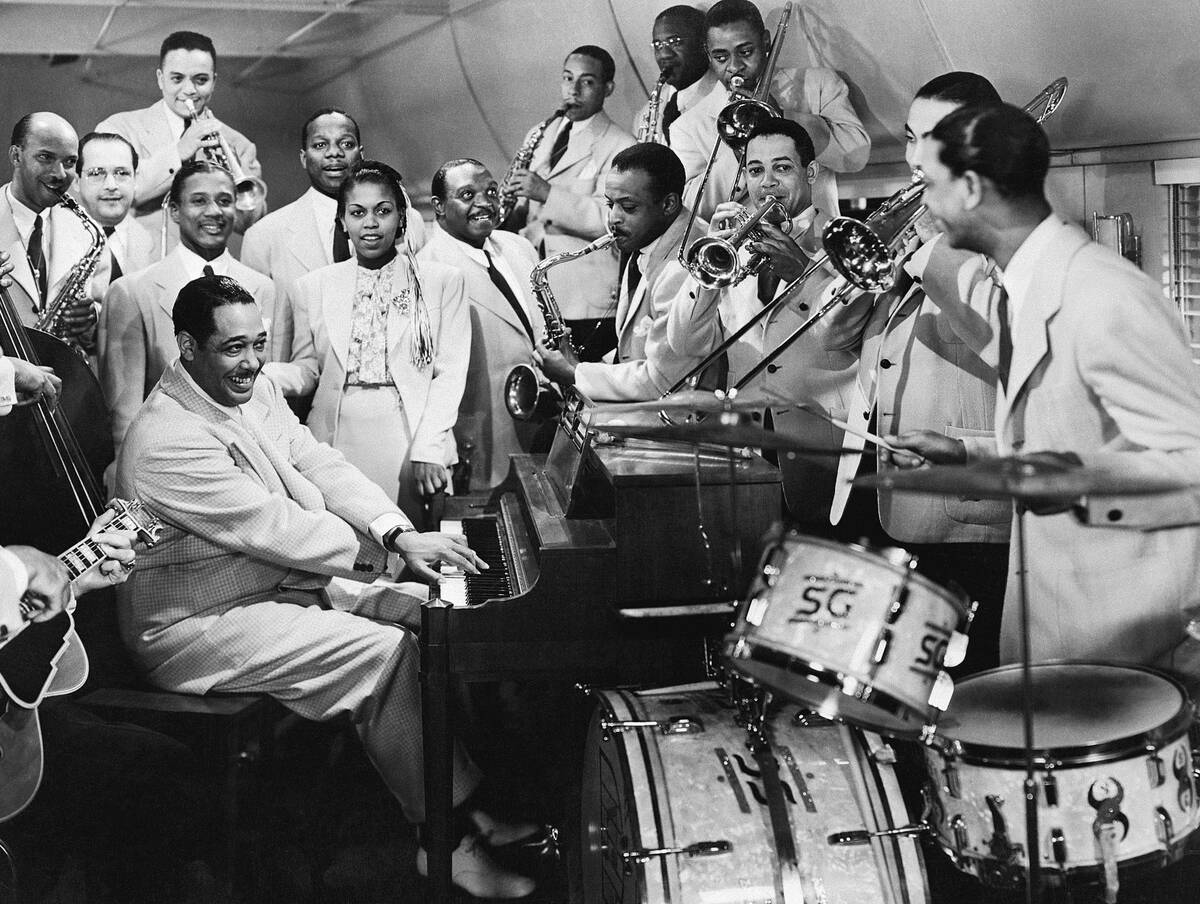
Duke Ellington, a towering figure in jazz, played a pivotal role in the Harlem Renaissance with his performances at the iconic Cotton Club. His orchestra’s innovative sound and sophisticated compositions drew diverse audiences and elevated jazz to new heights.
The Cotton Club, though segregated, became a hotspot for musical experimentation, showcasing African American talent to wider audiences. Ellington’s contributions to jazz not only defined the era but also cemented his status as a musical legend.
The Role of Visual Arts: Paintings and Sculptures
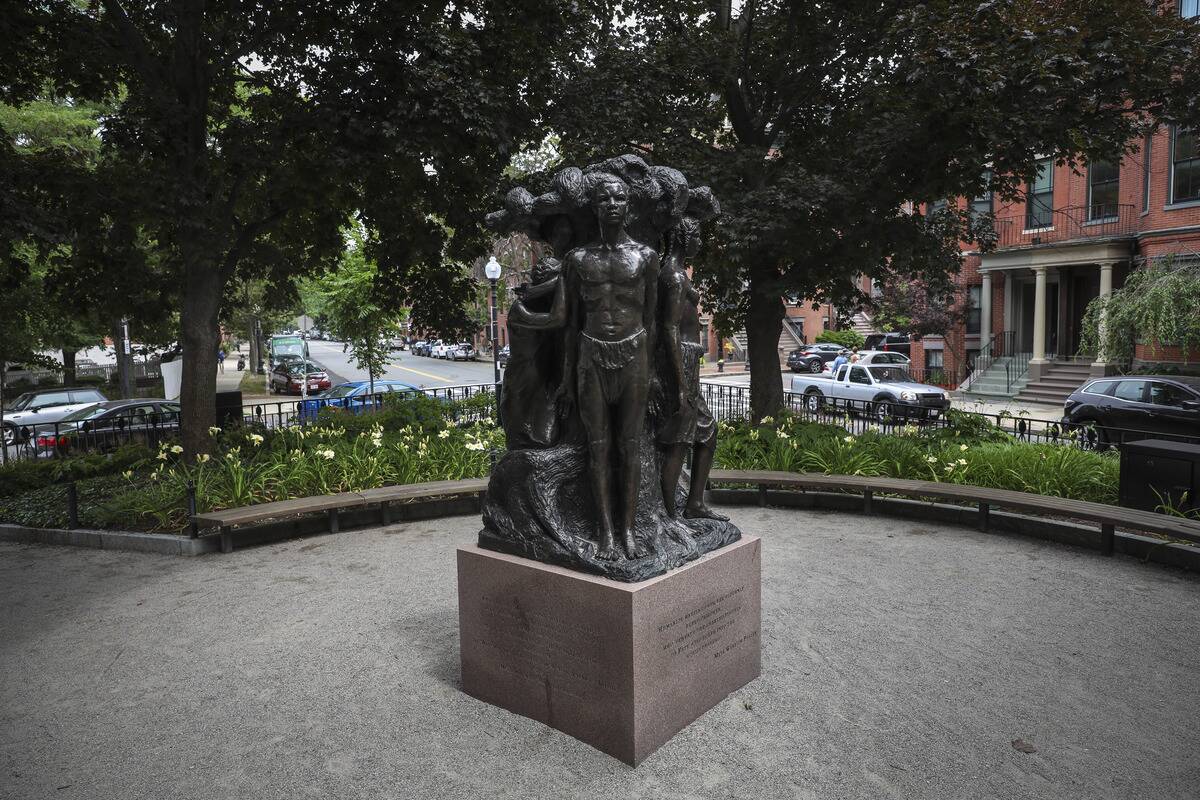
Visual arts flourished during the Harlem Renaissance, with artists exploring new forms of expression in paintings and sculptures. Figures like Palmer Hayden and Meta Warrick Fuller broke new ground by capturing the essence of African American life and culture.
Their works often depicted themes of identity, resilience, and community, providing powerful visual narratives that complemented the literary and musical achievements of the era. These artists helped redefine the role of African Americans in the art world.
Aaron Douglas: The Father of African American Art
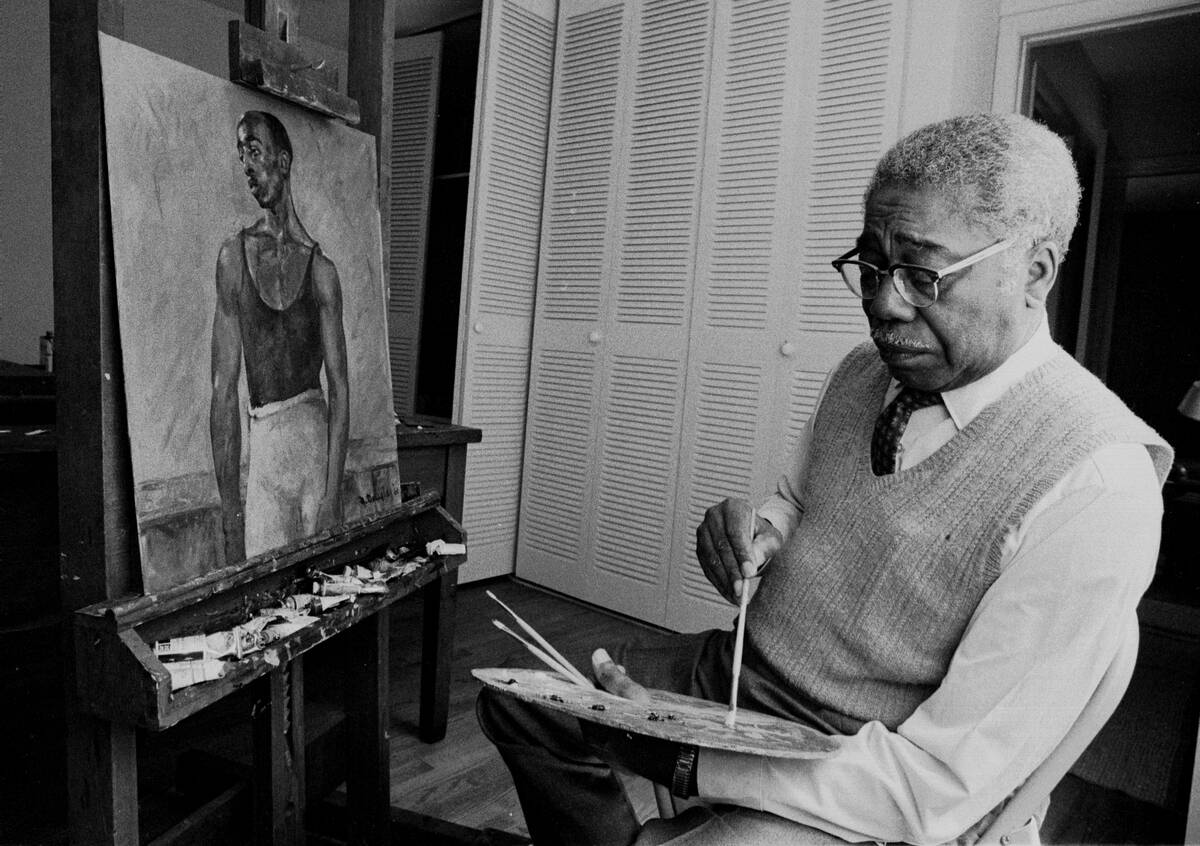
Aaron Douglas emerged as a leading figure in the visual arts during the Harlem Renaissance, earning the title “The Father of African American Art.” His distinctive style, characterized by bold silhouettes and geometric patterns, conveyed themes of racial pride and historical progression.
Douglas’s murals, such as “Aspects of Negro Life,” depicted the African American experience with a powerful visual language. His work not only influenced his contemporaries but also paved the way for future generations of African American artists.
Theater and Performance: Staging New Narratives
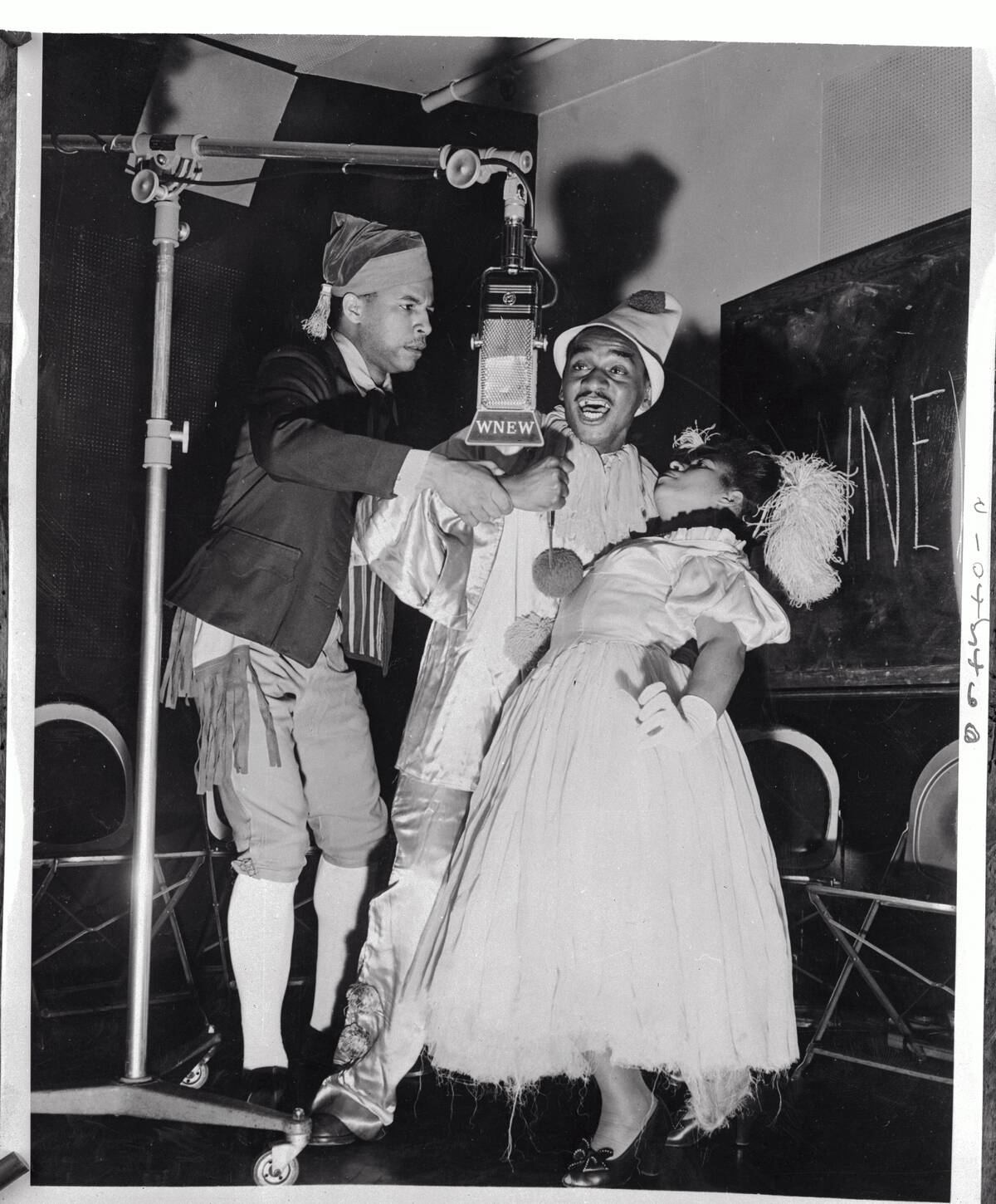
Theater and performance were vital components of the Harlem Renaissance, offering new narratives and challenging stereotypes. The emergence of the “New Negro Theater” provided a platform for African American playwrights and actors to showcase their talents.
Productions like “The Emperor Jones” by Eugene O’Neill and “The Green Pastures” by Marc Connelly brought African American stories to mainstream audiences. These performances not only entertained but also provoked thought and discussion, contributing significantly to the cultural richness of the era.
The Impact of the Renaissance on Fashion and Style
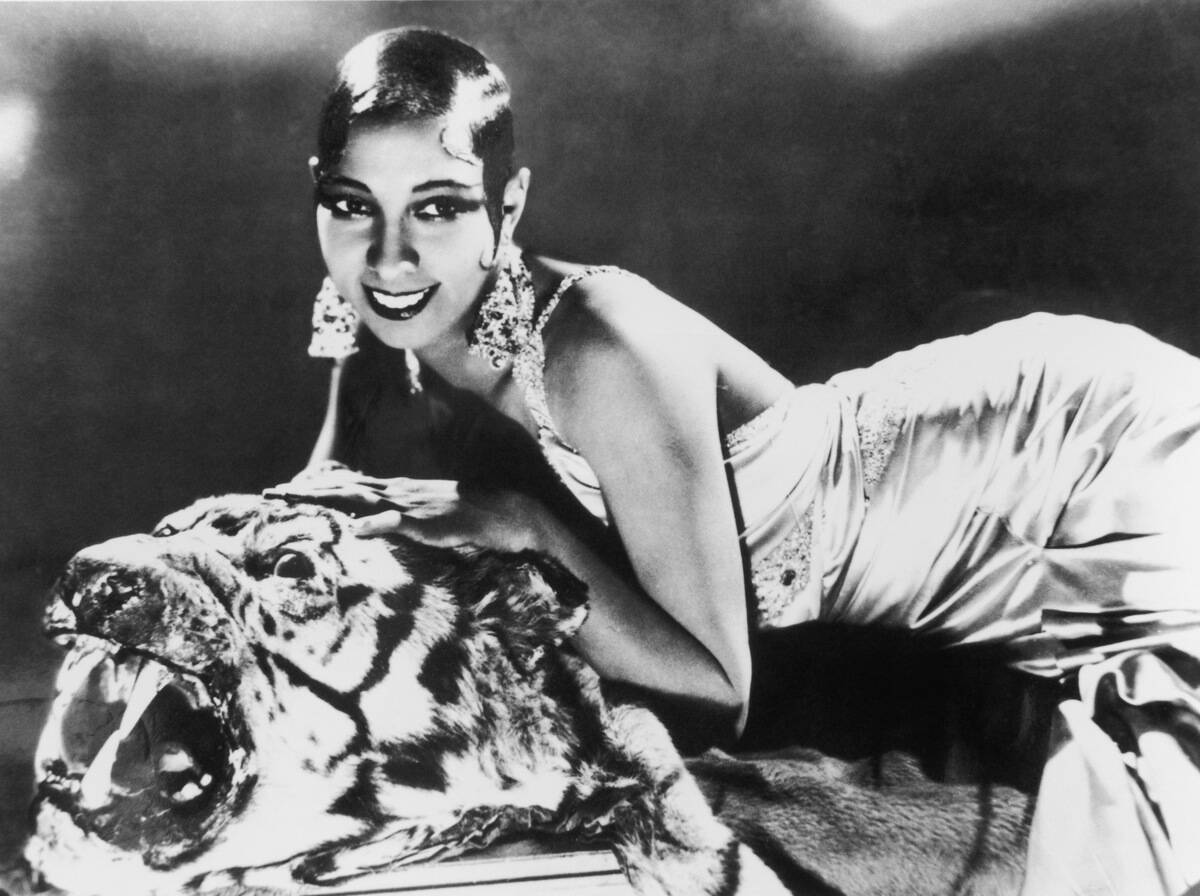
Fashion and style during the Harlem Renaissance reflected the era’s spirit of innovation and cultural pride. African Americans embraced bold patterns, vibrant colors, and unique designs that challenged traditional norms.
The “New Negro” fashion movement celebrated individuality and self-expression, with icons like Josephine Baker and Paul Robeson setting trends. This sartorial evolution symbolized a broader cultural shift, as African Americans used fashion as a means to assert their identity and redefine cultural aesthetics.
The Influence of Black Intellectuals: W.E.B. Du Bois and Beyond

Intellectuals like W.E.B. Du Bois played a crucial role in shaping the Harlem Renaissance, advocating for racial equality and cultural empowerment. Du Bois’s concept of “double consciousness” explored the complexities of African American identity, influencing many thinkers and artists of the time.
Alongside Du Bois, figures such as Alain Locke and Marcus Garvey contributed to the intellectual discourse, promoting the idea of the “New Negro” and encouraging African Americans to take pride in their heritage and achievements.
Women of the Harlem Renaissance: Pioneers and Trailblazers
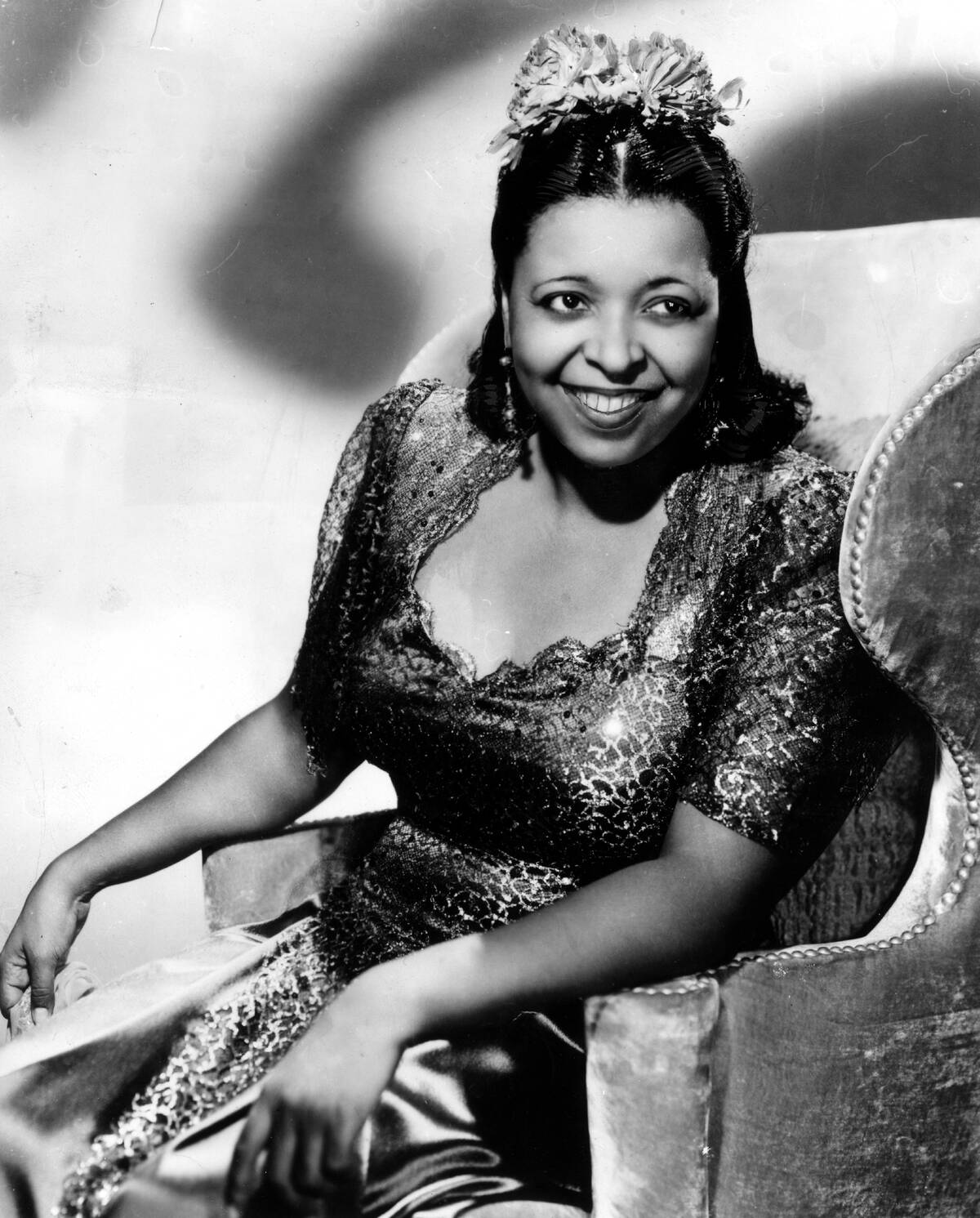
Women were at the forefront of the Harlem Renaissance, breaking barriers and redefining roles in society. Writers like Nella Larsen and Jessie Redmon Fauset explored themes of race, gender, and identity through their novels and essays.
Meanwhile, performers such as Ethel Waters and Josephine Baker captivated audiences with their talent and charisma. These trailblazing women not only contributed to the cultural vibrancy of the era but also laid the groundwork for future generations of African American women in the arts.
The Renaissance’s Influence on Civil Rights Movements
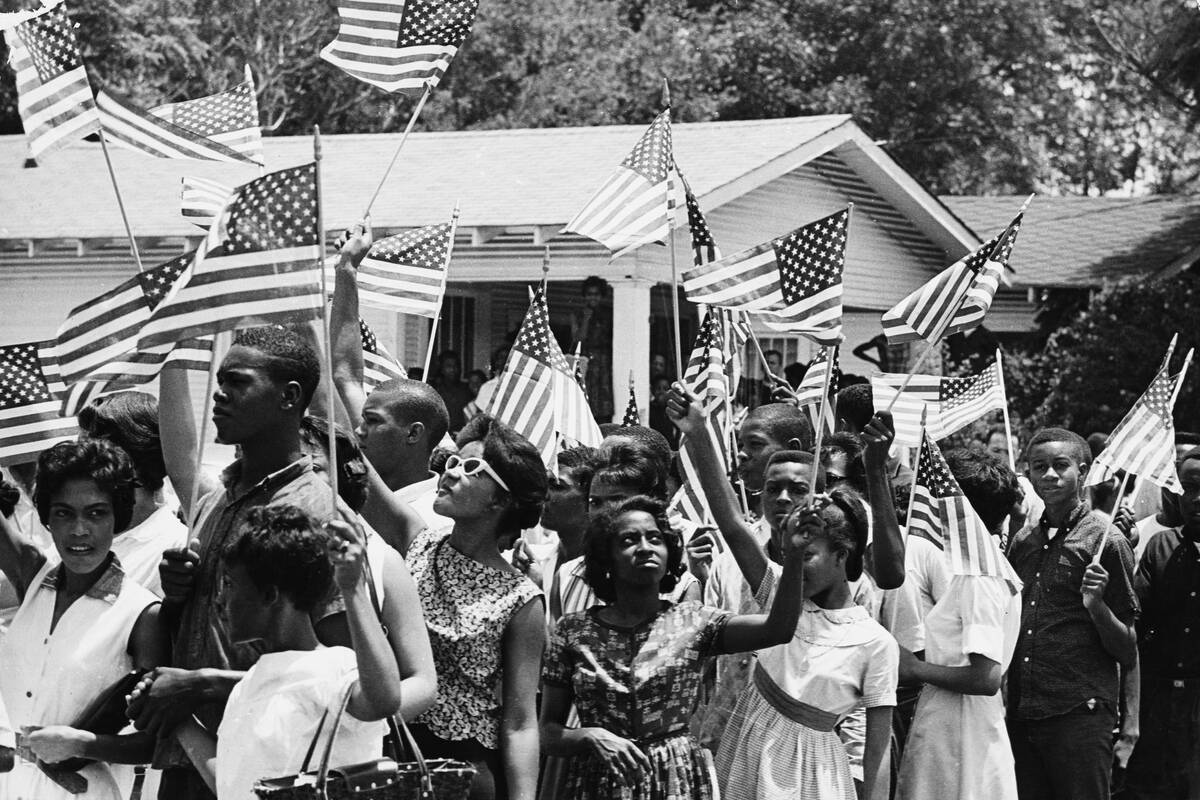
The Harlem Renaissance laid the groundwork for the Civil Rights Movement by fostering a sense of pride and resilience among African Americans. The cultural and intellectual achievements of the era inspired future leaders and activists to push for social and political change.
The Renaissance encouraged a reevaluation of racial stereotypes and promoted the idea of racial equality, setting the stage for the significant advancements in civil rights that would follow in the mid-20th century.
The Legacy of the Harlem Renaissance in Modern Culture

The legacy of the Harlem Renaissance continues to resonate in modern culture, influencing contemporary art, music, and literature. The themes of identity, empowerment, and cultural pride championed during the Renaissance are still relevant today.
Modern artists and writers draw inspiration from the works of Renaissance figures, and the movement’s impact can be seen in everything from hip-hop to contemporary literature. The Harlem Renaissance remains a testament to the enduring power of art and culture to inspire change and foster understanding.



